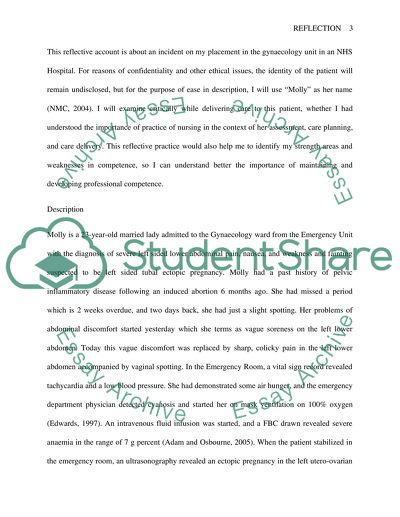Cite this document
(“Reflection in Gynaecology Emergency Care Case Study”, n.d.)
Retrieved from https://studentshare.org/miscellaneous/1530701-reflection-in-gynaecology-emergency-care
Retrieved from https://studentshare.org/miscellaneous/1530701-reflection-in-gynaecology-emergency-care
(Reflection in Gynaecology Emergency Care Case Study)
https://studentshare.org/miscellaneous/1530701-reflection-in-gynaecology-emergency-care.
https://studentshare.org/miscellaneous/1530701-reflection-in-gynaecology-emergency-care.
“Reflection in Gynaecology Emergency Care Case Study”, n.d. https://studentshare.org/miscellaneous/1530701-reflection-in-gynaecology-emergency-care.


